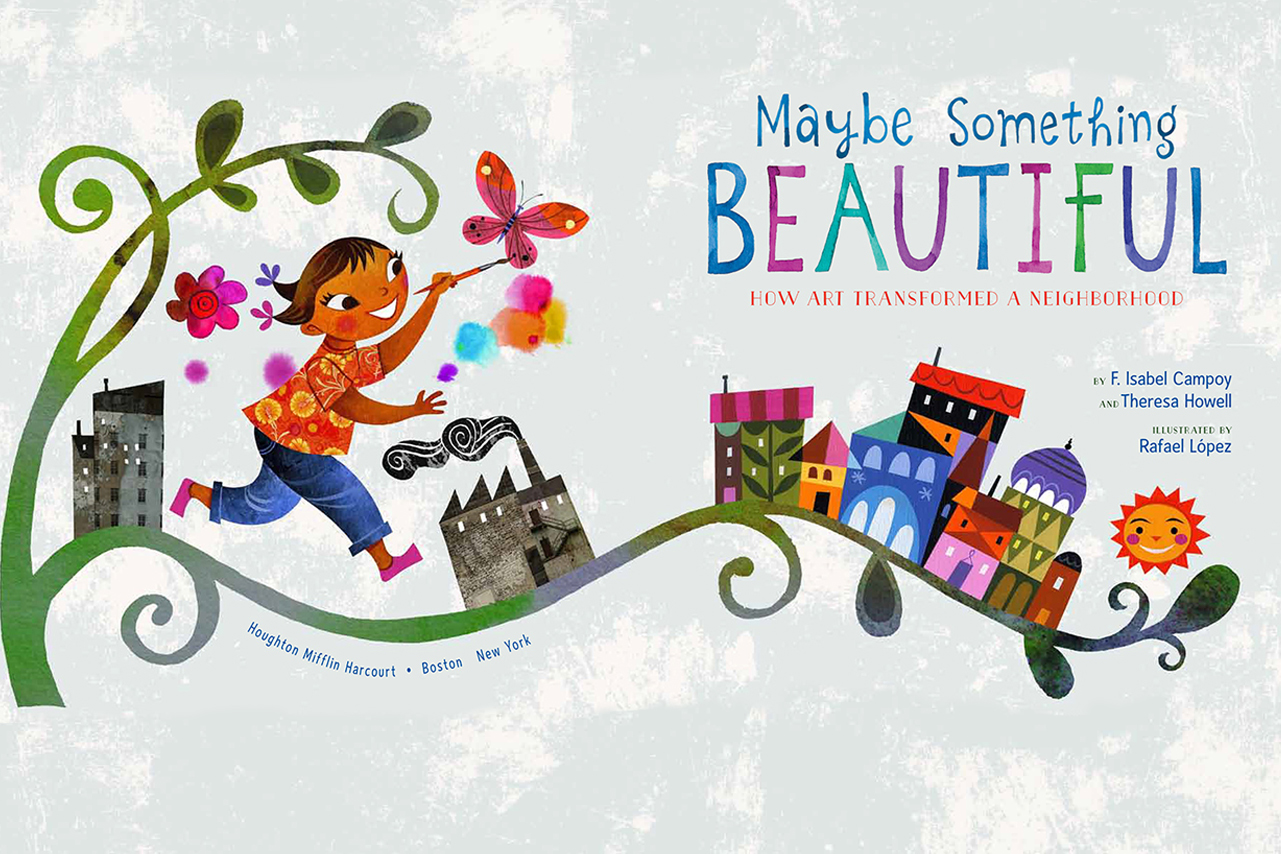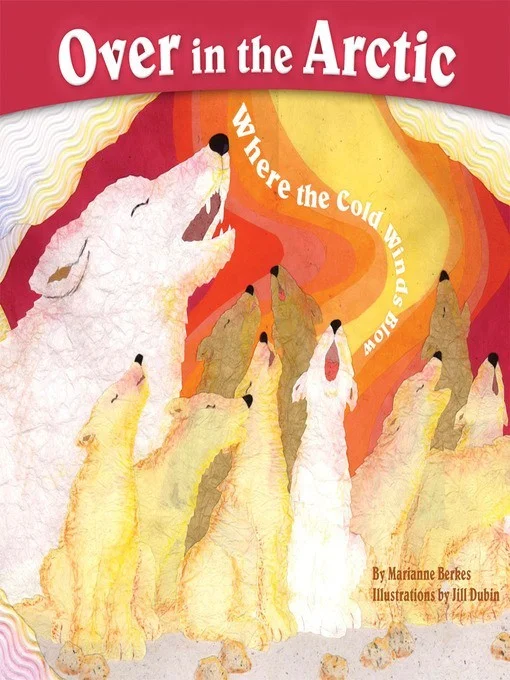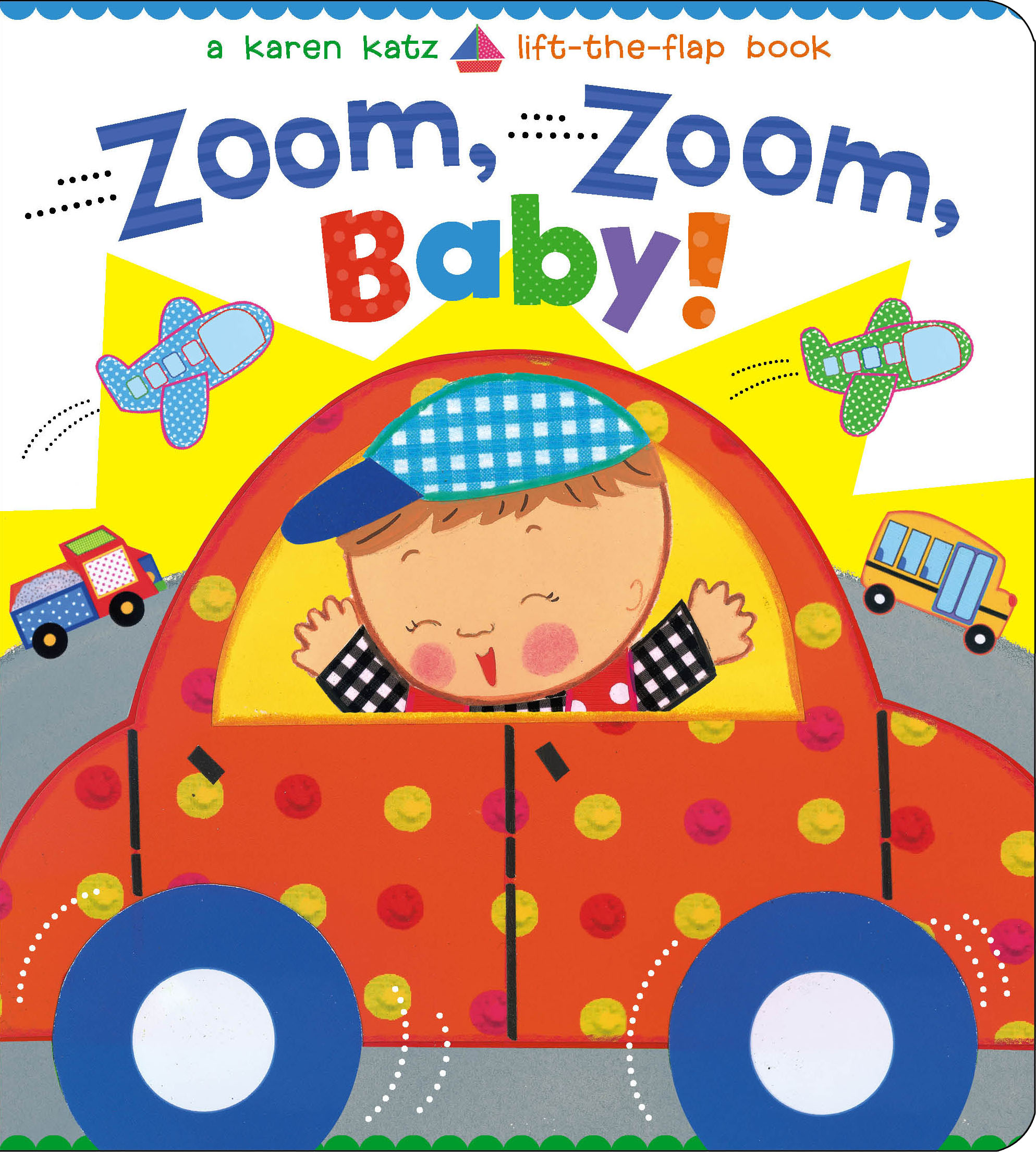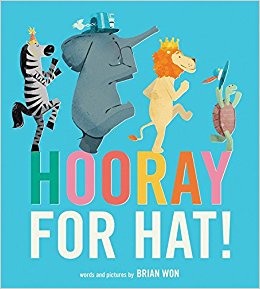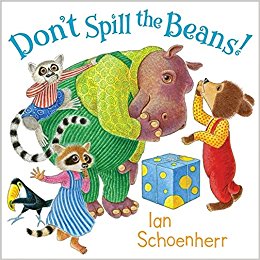Introduction: Here I have a stick. What can we do with a stick? [Respond to replies, encourage ways people may use a stick, how about animals using sticks? Show the cover of the book A Stick Until . . . by Constance Anderson.] What animals do you see on the cover? Let's see what this elephant will do with a stick.
Early Literacy Aside: Adults, this book has many interesting words your children may not know yet, such as a bird's plumage, or the alligator is submerged. When we use these unfamiliar words with children and then give a brief explanation, that is how they learn new words which will later also help them understand what they read!
Read the book, offering synonyms for a couple of words.




